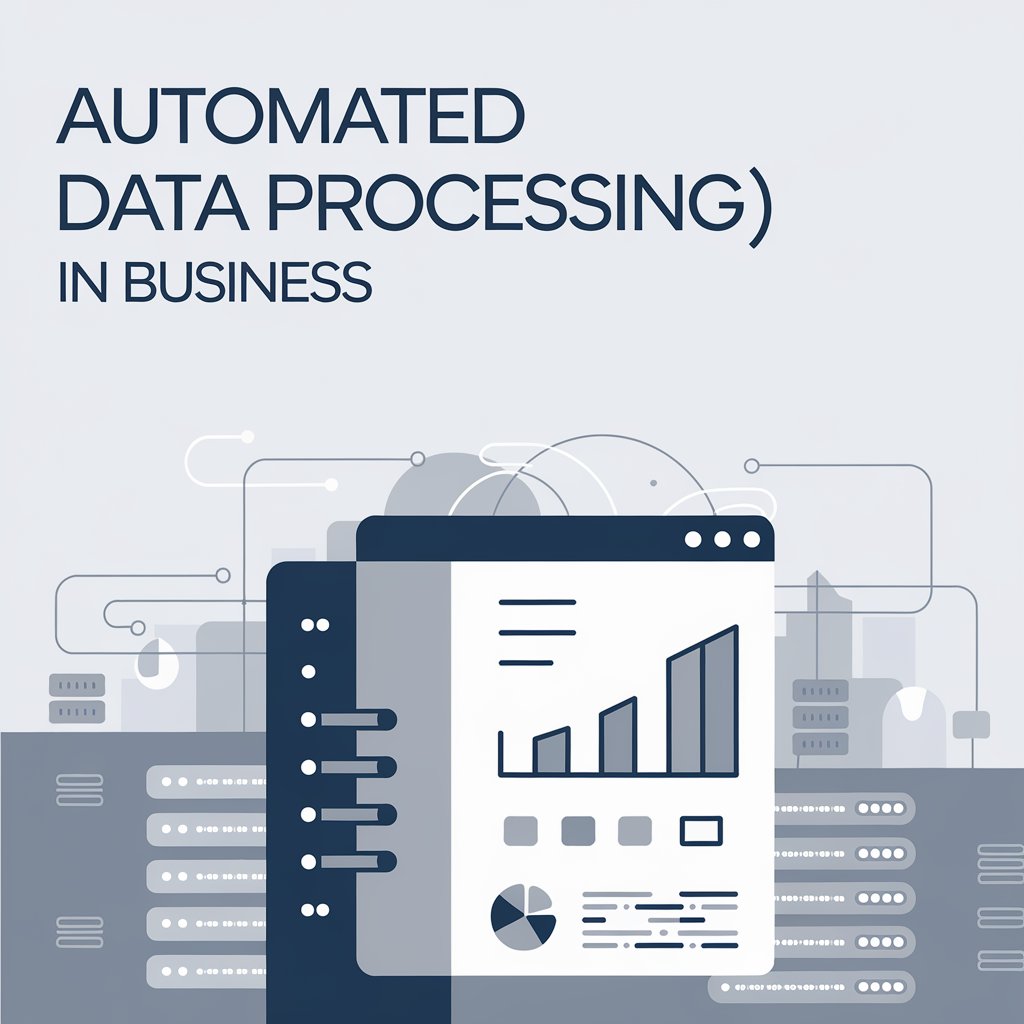Automated Data Processing: Revolutionizing Business Efficiency

What is Automated Data Processing?
Automated data processing refers to the use of technology to handle and process large volumes of data with minimal human intervention. It involves using computer systems and software to perform tasks such as data collection, storage, analysis, and reporting, which were traditionally done manually.
Key Components of Automated Data Processing:
- Data Collection: Automated gathering of data from various sources
- Data Cleaning: Removing errors and inconsistencies from raw data
- Data Transformation: Converting data into a suitable format for analysis
- Data Analysis: Applying algorithms to extract insights from the data
- Data Reporting: Generating automated reports and visualizations
The Evolution of Automated Data Processing
- Early Days: Punch card systems and mainframe computers
- 1970s-1980s: Introduction of personal computers and spreadsheet software
- 1990s-2000s: Rise of enterprise resource planning (ERP) systems
- 2010s-Present: Cloud computing, big data analytics, and artificial intelligence

Benefits of Automated Data Processing
- Increased Efficiency: Processes large volumes of data much faster than manual methods
- Improved Accuracy: Reduces human errors in data handling and analysis
- Cost Reduction: Lowers labor costs associated with manual data processing
- Consistency: Ensures uniform data processing across the organization
- Scalability: Easily handles growing data volumes without proportional increase in resources
- Real-time Insights: Provides up-to-date information for decision-making
- Compliance: Helps maintain data integrity and adhere to regulatory requirements
Applications of Automated Data Processing
- Finance and Accounting:
- Automated bookkeeping and financial reporting
- Fraud detection and risk assessment
- Human Resources:
- Automated payroll processing
- Employee performance analysis
- Marketing and Sales:
- Customer segmentation and targeting
- Sales forecasting and trend analysis
- Manufacturing:
- Inventory management
- Quality control and defect detection
- Healthcare:
- Patient record management
- Medical image analysis
- Retail:
- Supply chain optimization
- Personalized product recommendations
- Banking:
- Automated loan approval processes
- Anti-money laundering (AML) checks

Challenges in Implementing Automated Data Processing
- Data Quality Issues: Ensuring the accuracy and completeness of input data
- Integration Complexities: Connecting various data sources and systems
- Security Concerns: Protecting sensitive data from breaches and unauthorized access
- Skill Gap: Finding skilled professionals to manage advanced ADP systems
- Initial Costs: High upfront investment in technology and infrastructure
- Change Management: Overcoming resistance to new processes within the organization

Best Practices for Successful ADP Implementation
- Define Clear Objectives: Identify specific goals for your ADP initiative
- Start Small: Begin with pilot projects before full-scale implementation
- Ensure Data Quality: Implement robust data cleaning and validation processes
- Invest in Training: Educate staff on new systems and processes
- Choose the Right Tools: Select ADP solutions that align with your business needs
- Regular Maintenance: Continuously monitor and update your ADP systems
- Data Governance: Establish clear policies for data management and usage

The Future of Automated Data Processing
- Artificial Intelligence and Machine Learning:
- Enhanced predictive analytics
- Automated decision-making processes
- Internet of Things (IoT):
- Processing real-time data from connected devices
- Enabling predictive maintenance in various industries
- Edge Computing:
- Processing data closer to the source for faster insights
- Reducing latency in data-driven operations
- Natural Language Processing:
- Automating text analysis and document processing
- Enhancing customer service through chatbots and virtual assistants
- Blockchain in Data Processing:
- Ensuring data integrity and traceability
- Facilitating secure data sharing between organizations
Case Studies: Successful ADP Implementation
- Amazon: Using ADP for inventory management and personalized recommendations
- Netflix: Leveraging automated data processing for content recommendations and user experience optimization
- General Electric: Implementing ADP in predictive maintenance for industrial equipment
Conclusion
Automated data processing has become an indispensable tool for businesses looking to thrive in the digital age. By streamlining data management, improving accuracy, and providing real-time insights, ADP enables organizations to make data-driven decisions faster and more effectively than ever before.
As technology continues to evolve, the capabilities of automated data processing will only expand, offering even more opportunities for businesses to innovate and excel. However, successful implementation requires careful planning, the right tools, and a commitment to ongoing improvement and adaptation.
For businesses yet to embrace automated data processing, now is the time to consider how this powerful approach can transform your operations and drive your organization towards greater efficiency and success in an increasingly data-centric world.
